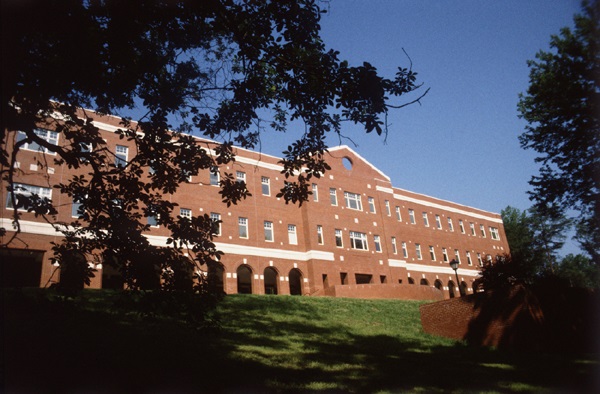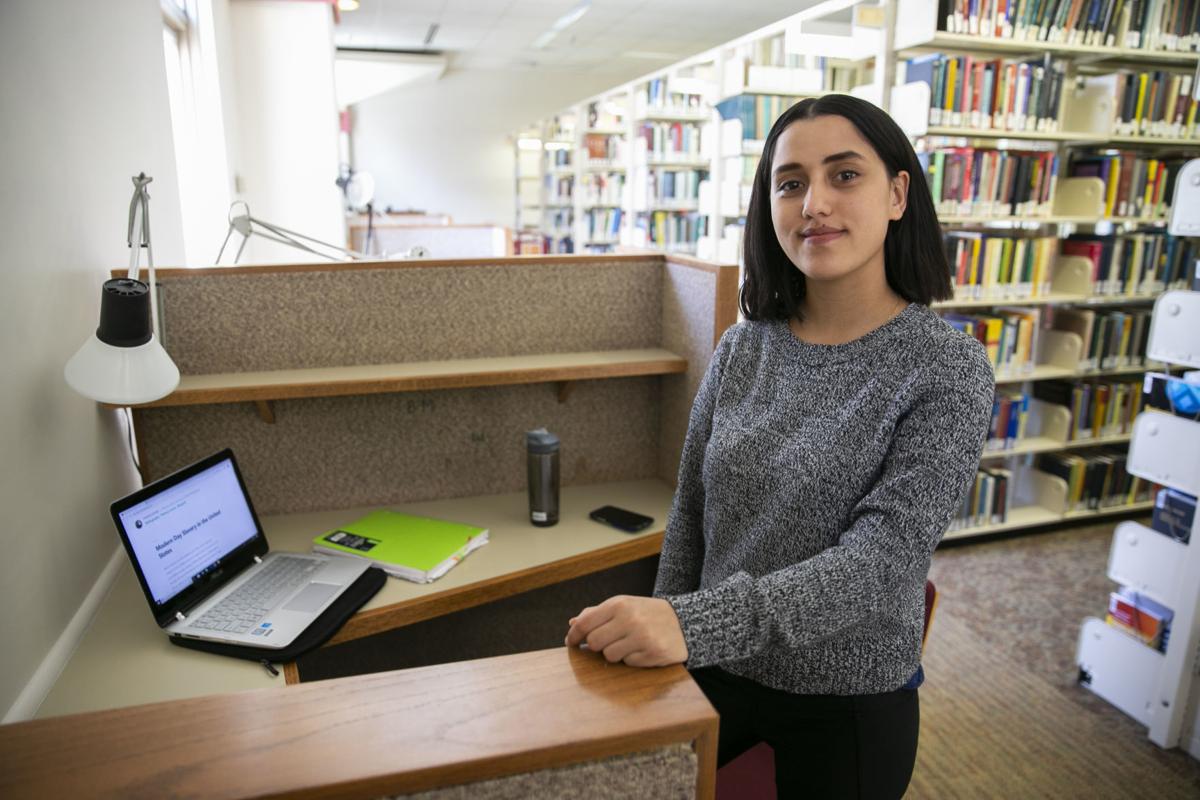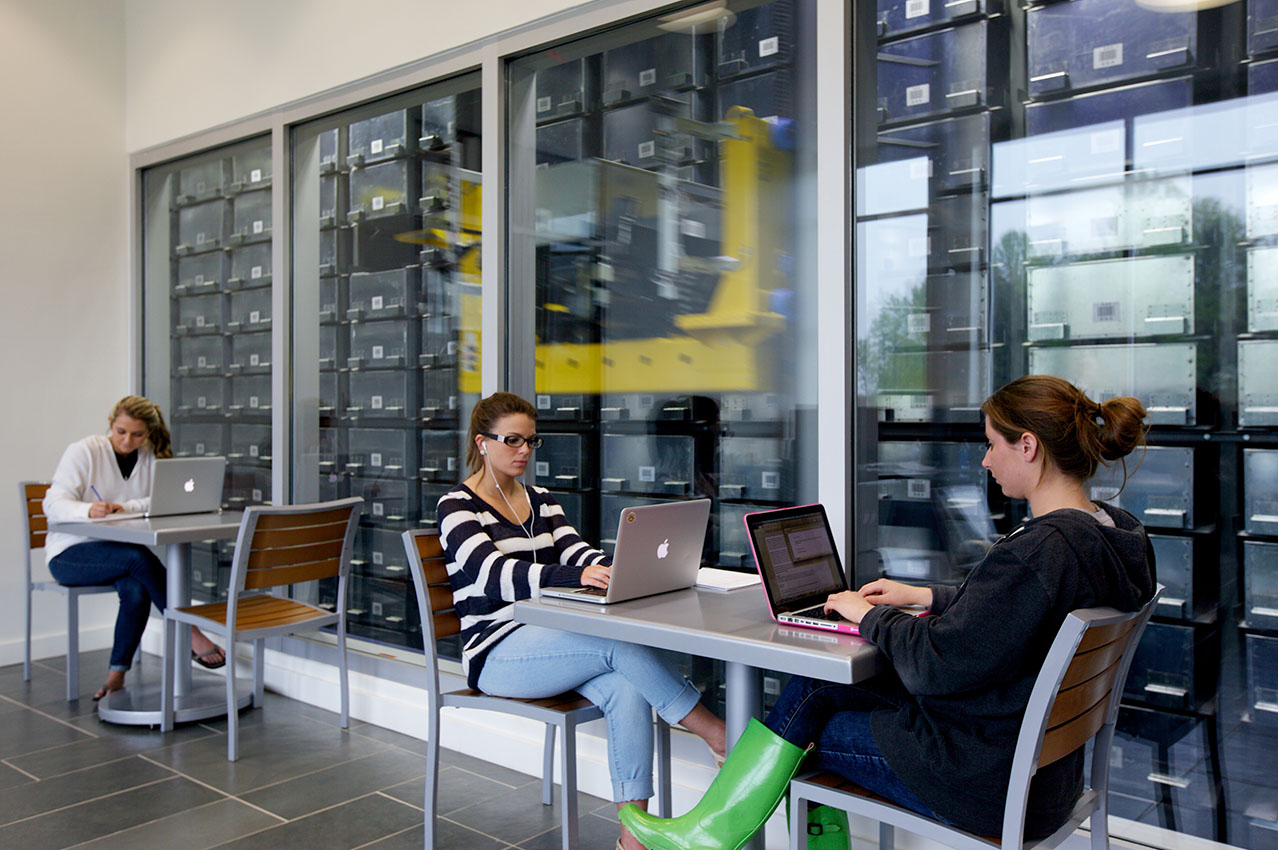The popular prognosis for the book is rather dim – many experts and thought leaders forecast its demise in all but the most conventional of library settings. Even proponents of the intrinsic and enduring value of physical resources seem to accept the inevitability of our culture’s reliance on digital sources of information. It’s difficult to argue that the book – as a vehicle for the democratic dissemination of knowledge – is the best means of distributing information to all of today’s mobile, well-wired students. And yet, many faculty insist that their institutions do whatever they can to maintain the status of their impressive collections – both in terms of scale and access. This is especially true at research institutions that place a high value on owning primary source materials. For many members of the academic community, nothing can replace the serendipity of discovering information in a visceral way.
It stands to reason then that deans and administrators in positions of leadership at academic libraries across Virginia are drawing an important distinction between their physical collections and evolving ideas about content. Rosemary Arneson, the Dean of the Libraries at the University of Mary Washington in Fredericksburg, VA feels strongly that today’s learners are interested almost exclusively in content in its broadest sense: as substance distinct from a particular form or style. This means that for Deans like Ms. Arneson the book and other physical resources do not necessarily deserve to be the unchallenged center of the library’s mission moving forward. Emerging technologies, enhanced computing capabilities, and the revolutionary approach that academic libraries are applying to knowledge creation, curation, and sharing are leading to a new age of library design that places the user front and center.

The Simpson Library at the University of Mary Washington was one of VMDO’s most successful early campus projects. It was considered a very effective building upon its completion in 1985, creating a generous new home for Mary Washington’s substantial collection of monographs and journals. The Mary Washington community found in Simpson a comfortable place to browse the stacks, research a chosen field of interest, and study quietly in the popular “treehouses” on the third floor. But as the school expanded and technology became increasingly central to teaching and learning across the landscape of higher education, Simpson Library began experiencing the familiar signs of an architecture unable to keep pace with the times. Increasingly, students looking for spaces to collaborate in the library were forced to look elsewhere on campus, as the predominance of stack space and individual study carrels prevented them from engaging in the kind of team-based coursework being generated by their professors.

In 2010 former UMW President Richard V. Hurley took office at a time when colleges and universities were under increasing pressure to prepare a distinctly new generation of students for a new workforce reality. After the market downturn of the preceding decade, students and their families faced new fiscal challenges and developed new expectations of higher education. With job prospects for graduates limited and financial uncertainty in the air, college and university decision makers were confronted with a stark reality: if they were going to remain viable, they had to hone the means and methods for preparing students for a new workforce culture. This necessitated updating facilities, favoring more data and tech rich methods of teaching, and creating learning environments that more closely reflected the dynamic, collaborative work environments students were increasingly entering.
President Hurley mounted an unprecedented capital expansion that included the 72,000 SF Information and Technology Convergence Center – a state-of-the-art “academic commons” that brings together a variety of technology, information, and teaching resources in an environment that is “modern, energetic, and vibrant.” Connected to Simpson Library via an interior bridge, the ITCC serves as a modern counterpart to the library – housing collaboration rooms, conference spaces, a café, a digital archiving lab, incubator classrooms, digital display walls, and a variety of individual and group study spaces that complement those in the library.

The decision to locate the ITCC immediately next door to the library and physically link the two buildings suggests an increasingly important trend in campus planning and collegiate architecture – a consolidation of academic services around a common core of resources and library expertise. The new spaces and programs housed in the ITCC, coupled with the strong physical collections of the library, reinforce the two buildings as the intellectual center of campus. As emphasis shifts towards user experience and the ability to work collaboratively, traditional stack space is getting compressed in ways that allow access to library collections while minimizing the square footage necessary to house them. Automated storage and retrieval systems (ASRS) and compact storage solutions for instance can efficiently store books on site while freeing-up valuable area for users and active learning. Mary Washington is now considering how to preserve important physical resources in Simpson Library while creating an environment that is more in-line with the ways students are working, living, and learning.

